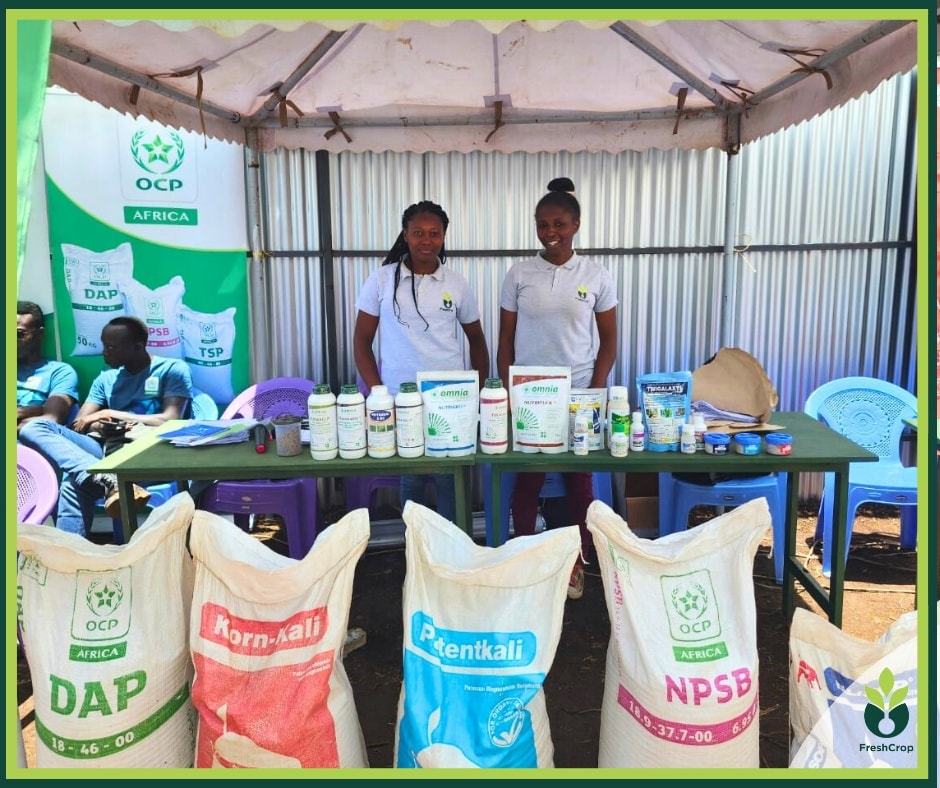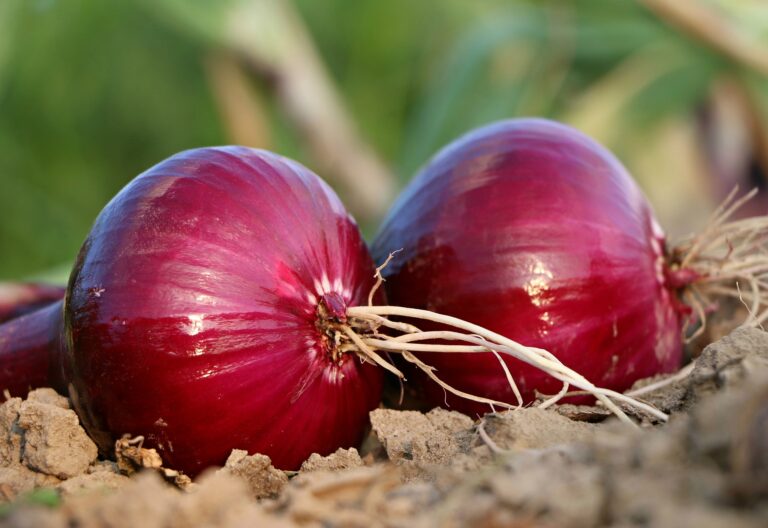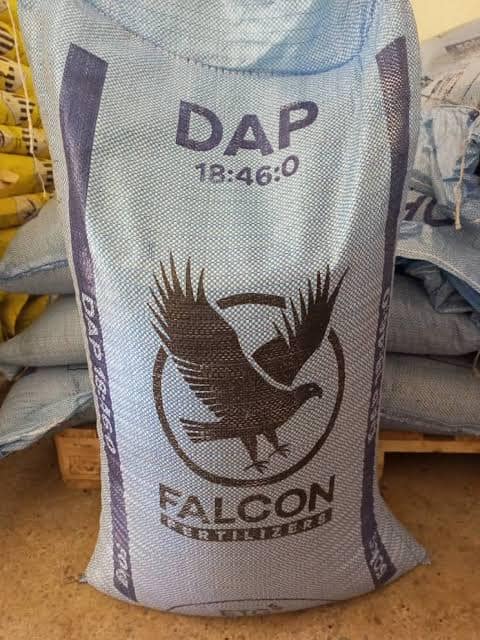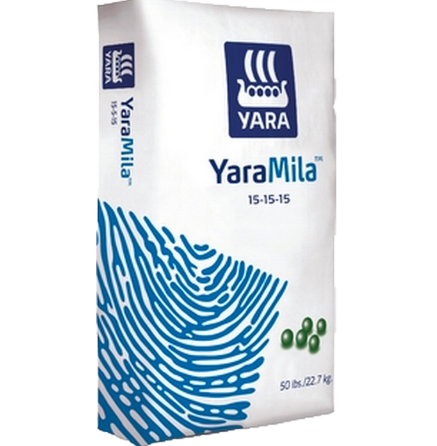Difference Between Starter Dose and Basal Dose of Fertilizers
Starter doses of fertilizers are applied at planting or just before, aimed at enhancing early growth and root development. In contrast, basal doses are applied before or at sowing to provide sustained nutrients for the entire growth cycle. This ensures steady plant health and productivity.
Understanding the distinction between starter and basal doses of fertilizers is vital for optimizing crop yields. Starter doses promote early growth and root establishment, while basal doses sustain nutrient supply throughout the crop’s lifecycle.
This structured approach clarifies how each type of fertilizer application contributes uniquely to crop development and overall yield potential. Understanding these nuances empowers farmers to make informed decisions for better agricultural outcomes.
Key Takeaways:
- Starter doses are applied at planting to promote early growth and root development.
- Basal doses are applied before or at sowing to provide sustained nutrients for the entire growth cycle.
- Starter doses are high in phosphorus, while basal doses have a balanced nutrient composition.
- Proper application of both starter and basal doses is crucial for optimizing crop yields.
Difference Between Starter Dose and Basal Dose of Fertilizers
Understanding the nuances of fertilizer application is crucial for achieving optimal crop yields. Fertilizers are typically applied in different phases, known as starter doses and basal doses. The distinction between these two types of fertilizer application lies in their timing, purpose, and impact on crop growth.

Starter Dose of Fertilizers
The starter dose of fertilizers is applied at the time of planting or just before planting. This initial application is designed to provide young plants with essential nutrients during their early growth stages.
The primary goal is to ensure rapid seedling development and root establishment. Starter doses are often high in phosphorus, a nutrient critical for root development.
For example, a common starter fertilizer might have an N-P-K (nitrogen-phosphorus-potassium) ratio of 10-52-10. This composition ensures that the young plants receive an immediate boost of phosphorus, which is less mobile in the soil and needs to be placed close to the roots for effective uptake.
Basal Dose of Fertilizers
The basal dose, on the other hand, refers to the fertilizer applied to the soil before or at the time of sowing the main crop. This application aims to provide a sustained supply of nutrients throughout the crop’s growth cycle.
Basal fertilizers are typically balanced in their nutrient content to support overall plant health and productivity.
An example of a basal fertilizer might be one with an N-P-K ratio of 20-20-20, ensuring that the plants have access to all three major nutrients in equal measure from the outset. This balanced approach helps in maintaining steady growth and development of the crop.
Key Differences
| Aspect | Starter Dose | Basal Dose |
| Timing | At planting or just before planting | Before or at the time of sowing the main crop |
| Purpose | Rapid seedling growth, root establishment | Sustained nutrient supply for entire growth |
| Nutrient Focus | High phosphorus content | Balanced nutrient content |
| Typical N-P-K Ratio | 10-52-10 | 20-20-20 |
| Application Method | Close to seed placement | Broadcasted or incorporated into the soil |
Application Techniques
The method of applying these fertilizers also varies significantly. For the starter dose, precision is key. Fertilizers are often placed in bands near the seeds or seedlings to ensure that the young plants can easily access the nutrients. This method minimizes nutrient loss and enhances efficiency.
In contrast, basal doses are usually broadcasted across the field or incorporated into the soil through tillage. This method ensures a more even distribution of nutrients, supporting the crop throughout its entire growth period.
Impact on Crop Yield
The impact of using starter and basal doses of fertilizers can be significant. Proper application of a starter dose ensures that the young plants have a strong start, which can lead to more vigorous growth and higher yields.
Basal doses, by providing a steady supply of nutrients, help in maintaining plant health and productivity, ultimately contributing to better yield and quality.
For instance, in maize cultivation, applying a starter dose high in phosphorus can enhance root growth, resulting in stronger plants that are better able to absorb nutrients and water. Following up with a balanced basal dose ensures that the plants have the nutrients they need to reach their full potential.
Best Practices
To maximize the benefits of both starter and basal doses, farmers should consider soil testing to determine nutrient deficiencies and adjust fertilizer types and amounts accordingly. Additionally, the timing of application should be carefully managed to coincide with critical growth stages of the crop.
Conclusion
The difference between starter dose and basal dose of fertilizers lies in their timing, purpose, and nutrient composition. By understanding and applying these differences effectively, farmers can ensure robust crop growth and higher yields.
Both doses play crucial roles in the development and productivity of crops, and their proper use is essential for sustainable agriculture.





